
Shade Progression – Bugatti Veyron Grand
In this picture, a Bugatti Veyron Grand is displayed in black and crimson. I believe this serves as good shade progression because of the close relation of shade between the two colors. On the car, you can see some light tints where the light hits the car, but as you look at where the color meets the black parts of the car, the division of color is clean while the red is still turning darker as it gets closer up to a point.

Color Progression – Eyeball
This picture uses the human eye as an example of good color-to-color progression. I believe that this is a worthy example becase of how the blue and orange segments of the iris are separate at opposite ends of the iris and begin to mix as they meet in the center line of the iris.
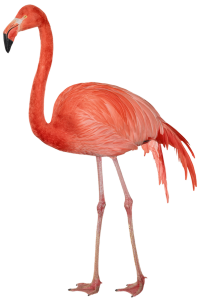
Tint Progression – Flamingo
This flamingo serves as a good example of tint progression because of how its feathers fade to a whiter tint as they progress towards the back of the bird. The reason a flamingo feather has any color is because of all of the shrimp that they eat as they grow up. The shrimp that they digest causes their feathers to absorb the pigment of the shrimp, gradually turning their feather from white to pink.
Hours worked: 1 hour




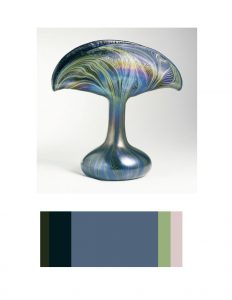






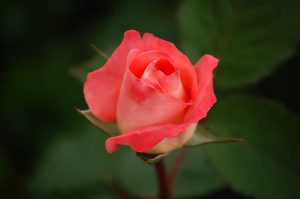

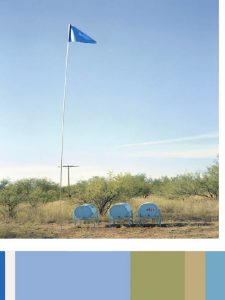



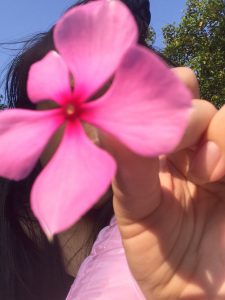
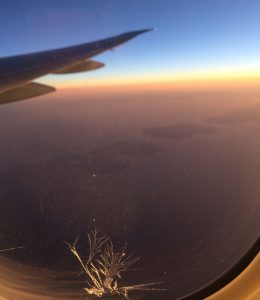

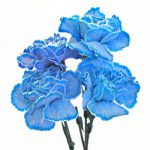





Recent Comments